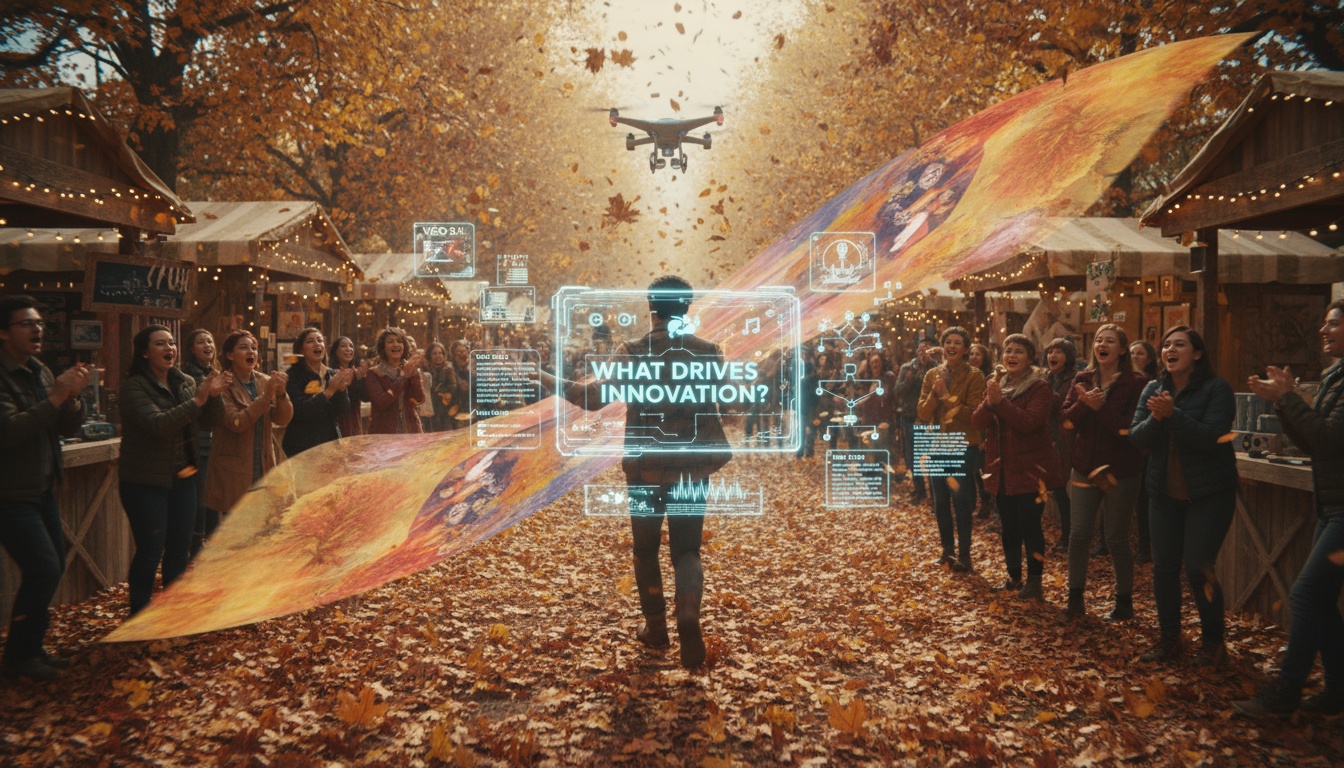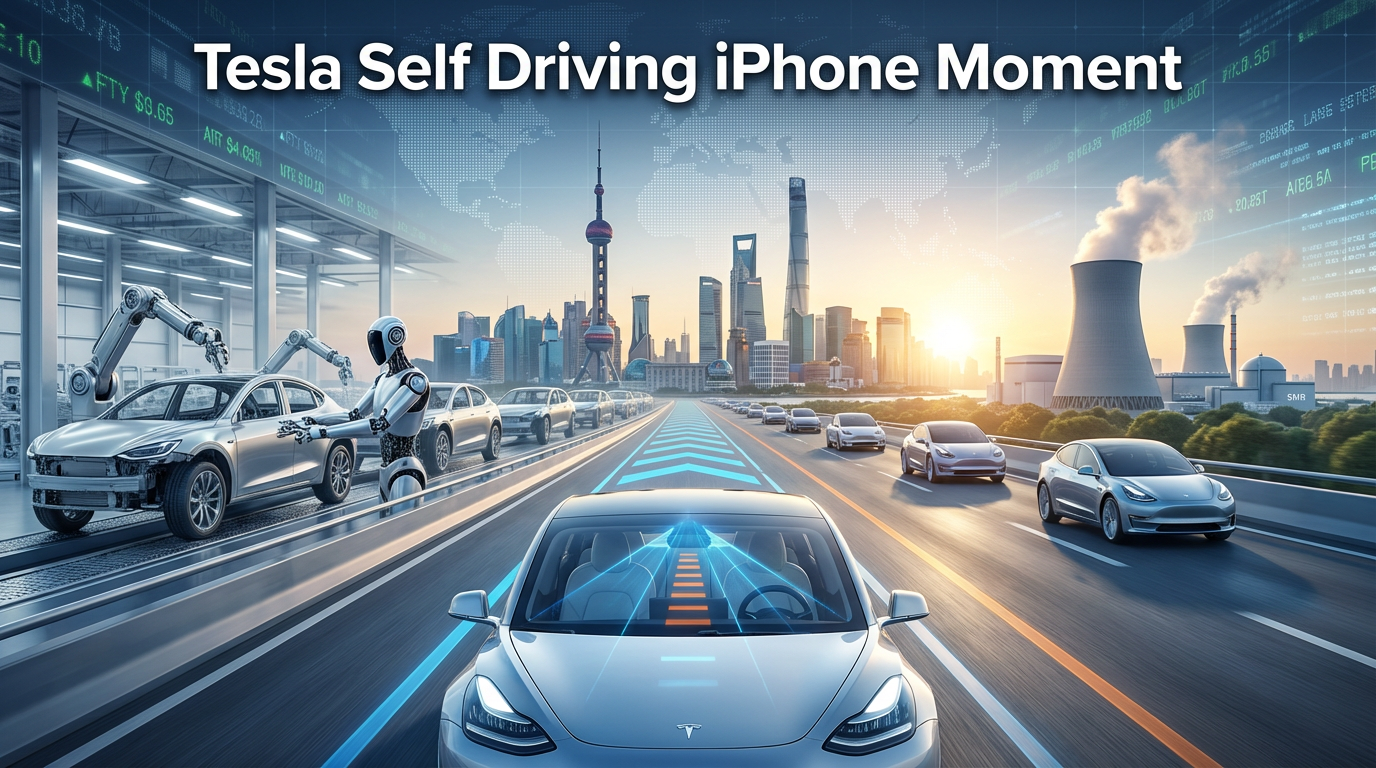● AI, economic boom, strategic choices
Choosing Money-Making AI: A Unified Strategy to Maximize AI Efficiency and Economic Outlook with One Key Question
Essential Considerations Before Subscribing to Paid AI Tools
In the context of global economic forecasts and the flow of the Fourth Industrial Revolution, the strategic choice of AI utilization has become more important than ever.
Recent cases of investing over 9 million won in AI tools within a year reveal that the decisive difference between ‘money-making AI’ and ‘money-wasting AI’ hinges on a single key question.
This article elaborates on the cost structure of paid AI tool subscriptions, strategies for utilizing free events, and optimal AI combination strategies for work efficiency.
Paid AI Subscription Costs and Free Event Utilization Strategy
According to actual cases, effective participation in free events while using major AI tools like ChatGPT, Claude, Gemini, and Grok has brought significant savings through paid trials.
Using free events to experience the features of paid AI in advance and find the optimized AI combination for work is a key strategy that reduces trial and error and high cost burdens.
In particular, it is essential to carefully select the AI tools that fit you best through the process of directly experiencing and comparing the strengths and weaknesses of each tool.
Real-World Application Cases Created by AI Tool Combinations
AI application cases in video and music production show strategies that go beyond simple tool usage to create synergy by combining multiple AIs.
For instance, utilizing the paid version of OpenAI with Sora for video production and combining it with storytelling via Claude is a good example of unique content creation.
Additionally, the combination of Gemini and the Midjourney image generation tool for creating high-quality visual content during video editing is also noteworthy.
The Importance of Utilizing AI Tools Amid Work Efficiency and Economic Outlook
Both companies and employees have entered an era where maximizing productivity through AI utilization is paramount.
Through actual teaching examples, we offer easy-to-understand AI usage methods for beginners to intermediates, while suggesting ways to respond to economic forecasts and future growth industries within the Fourth Industrial Revolution.
These strategies focus not just on using AI tools but on selecting ‘money-making AI’ to maximize long-term economic benefits and work efficiency.
We prioritize search optimization and practical information delivery using top economic SEO keywords like global economic forecasts, Fourth Industrial Revolution, AI trends, economic outlook, and AI utilization.
This article introduces a critical question to ask when selecting paid AI tools to distinguish between ‘money-making AI’ and ‘money-wasting AI.’
Through the utilization of free events and AI tool combination strategies, we present ways to reduce trial and error and costs, along with practical examples for work efficiency in areas such as video and music production.
Moreover, it systematically explains how to keep up with AI trends in line with global economic forecasts and the flow of the Fourth Industrial Revolution, enabling employees to implement these strategies immediately.
[Related Articles…] AI Trends in Global Economic Outlook | Fourth Industrial Revolution and Economic Outlook
*Source: [ AI 겸임교수 이종범 ]
– 진짜 일 잘하는 AI를 찾는다면 이 영상 하나로 끝내세요 | 유료 AI 결제 전 필독
● AI Revolution Math Mastery Crucial for Economic Dominance
In the Age of Artificial Intelligence, the Role of Real Mathematics, Global Economic Outlook, and Future AI Trends
The Need for Real Mathematics in the AI Era
As global leaders such as Bill Gates, Elon Musk, and Sam Altman emphasize every year, the necessity of ‘real mathematics’ for critical thinking and problem-solving skills has emerged as essential in today’s age of artificial intelligence, rather than relying solely on rote memorization in education.
The essence of mathematics transcends simple calculations, as understanding change, prediction, and abstraction provides innovative competitive advantages in the context of global economic outlook and AI trends during the Fourth Industrial Revolution.
The need for ‘actual mathematics’ education that cultivates creative and logical thinking has once again become a focal point, moving beyond the traditional educational system limited to entrance examination purposes.
Multiplication and Derivatives: Training Thought Beyond Calculation
The visualization techniques for multiplication described in Dr. Jo Bong-han’s lecture strengthen problem-solving skills rather than mere memorization.
For instance, solving the multiplication table of 9 by visualizing it as rectangles or squares helps intuitively comprehend mathematical principles.
Moreover, derivatives serve as a tool to understand rates of change, applicable in various real-world scenarios such as economic forecasting, weather changes, and adjusting air conditioner temperature.
This approach fosters creative problem-solving skills unique to humans, surpassing simple calculations in the age of artificial intelligence.
Innovation and Global Economic Outlook in the AI Era
In a reality where artificial intelligence and digital transformation are accelerating, ‘real mathematics’ becomes a crucial tool for cultivating the creativity and problem-solving abilities that AI cannot replace.
Economic experts are presenting new global economic outlooks through the convergence of AI and the Fourth Industrial Revolution, highlighting the need for a fundamental enhancement of critical thinking, moving away from traditional rote-based education.
Utilizing keywords such as innovation, AI, artificial intelligence, global economic outlook, and the Fourth Industrial Revolution in SEO strategy, this information is likely to become an important strategy that will exert a multiplier effect across our society and economy.
Implications for Reforming Mathematics Education for the Future
The current focus of mathematics education on memorization could limit the nurturing of innovative talent for the future.
Through ‘real mathematics’ education that develops problem-solving abilities, students can proactively deal with complex global economic situations and advances in artificial intelligence technology.
This mathematical thinking is expected to greatly contribute to not only innovative idea generation but also the establishment of economic development strategies, beyond just calculations.
Summary of Key Points
- In the age of artificial intelligence, the ability to understand the structure of problems and abstraction through ‘real mathematics’ is essential rather than simple memorization.
- The multiplication and derivative techniques presented in Dr. Jo Bong-han’s lecture are directly applicable to solving real-life problems and predicting future technologies.
- In the context of the Fourth Industrial Revolution and AI trends, there is a need for a creative reform of mathematics education to establish global economic outlooks and innovative economic strategies.
- The creativity and problem-solving skills unique to humans, which AI is difficult to replace, will become core competencies not only in the economy but also in technological innovation in the future.
[Related Articles…]
*Source: [ 지식인사이드 ]
– “한국만 수학을 암기로 가르쳐요” 영재를 만드는 진짜 수학 (조봉한 박사 3부)
● Revolutionary AI Innovations Shatter Economic Boundaries
The impact of the latest AI trends on the global economy and economic forecasts – unveiling Google VEO 3.1, Anthropic Claude Haiku 4.5, Kong Volcano, and Karpathy Nano Chat
Google VEO 3.1: A New Leap in AI Video Production Quality and Control
Google’s VEO 3.1, announced in response to OpenAI’s SORA 2, is an entirely new video AI model beyond a simple upgrade.
This model is gaining attention among producers for its cinematic feel, natural motion, and more effective control of the physics engine.
Notably, it has become possible to produce continuous videos by taking text, images, and video clips as input, precisely fixing styles and stacking multiple reference images.
Furthermore, the built-in audio generation feature allows for the simultaneous processing of dialogue, background music, and emotional delivery, adding to convenience.
VEO 3.1 will be available on the Flow platform and is expected to be applied in enterprise workflows through the soon-to-be-introduced Gemini API and Vertex AI.
The pricing policy is a real-time cost-efficient model that charges 40 cents per second for the standard model and 15 cents per second for the rapid model, billing only for the generated video.
All these features are introduced alongside key terms that drive the economy and technology innovation, such as the global economy, AI trends, economic forecasts, tech innovation, and future technologies.
Anthropic Claude Haiku 4.5 – Innovation of a Small but Powerful AI Model
Anthropic has drawn attention with Claude Haiku 4.5, a lightweight model that operates twice as fast and at a third of the cost compared to existing models.
This model boasts strong performance in coding and real-time tasks that is competitive even against large-scale AIs, especially optimized for customer service, chatbots, and coding assistance.
Anthropic has introduced a collaborative system among models, offering multi-agent orchestration functionality that divides complex projects into detailed tasks in coordination with the larger model Sonnet 4.5.
Additionally, it has enhanced safety and alignment tests to obtain AI safety certification, increasing reliability in the overall economy and future technology development.
Kong Volcano: An Innovative Open Source AI Agent Toolkit
Kong has unveiled an open-source AI agent toolkit called Volcano, presenting an innovative framework that allows for the construction of AI agents with just a few lines of code.
Unlike existing solutions like Langchain and Haystack, Volcano was initially designed based on the new Model Context Protocol (MCP), providing faster and cleaner connectivity.
In a real-time demo, developers were captivated as it executed over 900 coffee orders through QR code scanning.
This tool demonstrates a wide range of applicability linked to key terms like the economy, tech innovation, AI trends, global economy, and future technologies, easily integrating with various platforms such as Anthropic, OpenAI, AWS, Azure, and Google Cloud.
Karpathy Nano Chat: An Open Source Chatbot Buildable for $100
Karpathy, formerly of Tesla and OpenAI, has introduced Nano Chat, an open-source model that can be trained for just $100.
The entire code consists of about 8,000 lines, and the process from training to fine-tuning, testing, and building the web interface is automated.
It is possible to build a fully functioning model in under four hours on the same machine, providing a significant advantage for indie developers or small teams to experience and develop AI directly.
This open-source approach is recognized as a key innovation directly linked to economic forecasts and future technology development.
Summary of Key Points and News Highlights
Google’s VEO 3.1 provides unprecedented control with cinematic video production and integrated audio features.
Anthropic’s Claude Haiku 4.5 outperforms existing models in terms of cost efficiency and speed, optimized for real-time tasks and coding assistance.
Kong’s Volcano simplifies complex development processes with its latest MCP-based agent toolkit and supports seamless API integration.
Karpathy’s Nano Chat enables the construction of personalized chatbots at low cost, accelerating the democratization of the open-source AI ecosystem.
All these innovations are expected to have significant impacts on the global economy and economic forecasts, playing a key role in AI trends and future technology development.
[Related articles…]• Current Status of Google VEO 3.1• News about Anthropic Claude Haiku 4.5
*Source: [ AI Revolution ]
– Google’s Answer to SORA 2: VEO 3.1






